A meter stick is a measuring instrument used to measure length or distance. It is typically a straight and flat strip of material, often made of wood, metal, or plastic, that is precisely one meter (100 centimeters) long. The meter stick length makes it suitable for measuring relatively longer objects or distances. A standard full meter stick is precisely one meter in length. It is marked in centimeters (from 0 to 100) and millimeters to provide precise measurements. Meter sticks are commonly marked in both centimeters and millimeters. Each centimeter is divided into 10 millimeters, providing a finer level of measurement.
Design elements and materials used to make meter sticks
Meter sticks are designed to be straight and flat to ensure accurate measurements. They often have a thin profile with markings along one or both edges. Meter sticks can be made from various materials. Wood meter sticks are common in educational settings, while plastic or metal meter sticks may be used in industrial or scientific applications. Meter sticks are usually lightweight and easy to handle, making them portable and suitable for various measuring tasks. In addition to the standard meter stick, there are also variations with additional features. For example, some meter sticks have a beveled edge for more accurate alignment when measuring. Others may include additional scales, such as inches or feet, to accommodate different measurement systems. Before users handle the meter stick, they should ensure that their hands are clean. Dirt, oils, or substances on the hands can transfer to the meter stick, affecting its appearance and potentially damaging the material. Store the meter stick in a cool, dry place. Avoid exposing it to extreme temperatures, humidity, or direct sunlight, as these conditions can cause warping, fading, or other damage.
Applicable uses of a meter stick
Meter sticks are versatile tools used in science labs, classrooms, workshops, construction sites, and various other settings where precise length measurements are required. Meter sticks are frequently used in schools for teaching mathematical measurement concepts to students. They help students understand the metric system and practice measuring lengths. In science classes, meter sticks are used for experiments and demonstrations that involve measuring length, such as determining the length of objects or tracking the motion of objects. In scientific laboratories, meter sticks are used for precise measurements in experiments. They are essential for recording lengths of specimens, distances traveled, or dimensions of objects.
Meter sticks are used in construction and carpentry to measure and mark lengths of materials such as lumber or pipes. They are handy tools for ensuring accuracy in cutting and assembling components. In surveying and land measurement, meter sticks can be used for shorter measurements or as a reference for longer measuring instruments. They help ensure accuracy in mapping and land survey activities. In art and design studios, meter sticks are used for measuring and creating precise layouts.
Can artists and designers use meter sticks?
Artists and designers often rely on accurate measurements when working on projects that require specific dimensions. In physics experiments, especially those involving mechanics and motion, meter sticks can be used to measure distances, displacements, and lengths of objects. In agriculture, meter sticks may be used for measuring plots, setting up irrigation systems, or determining the spacing of plants in a field.






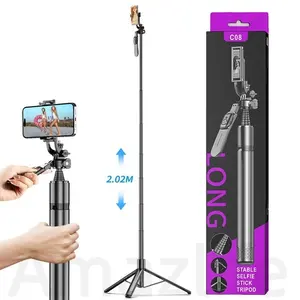



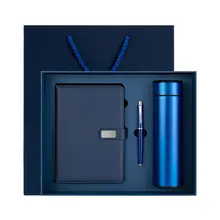

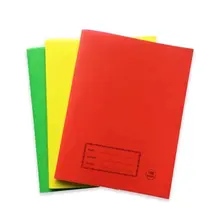

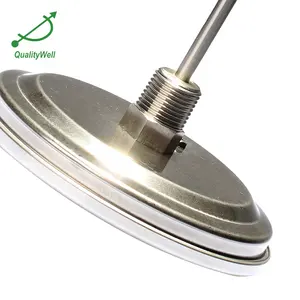



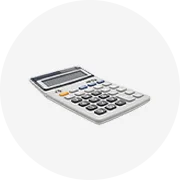
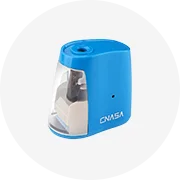
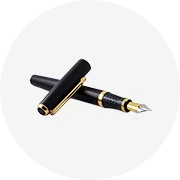
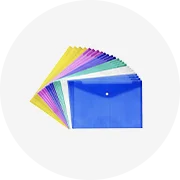
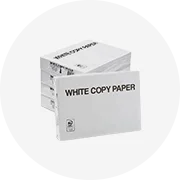
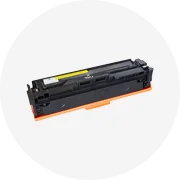
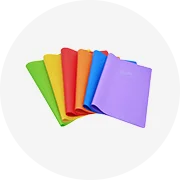
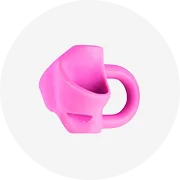
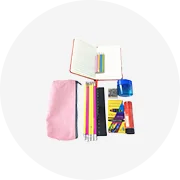
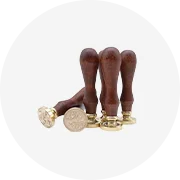
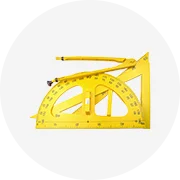

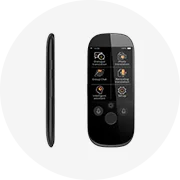

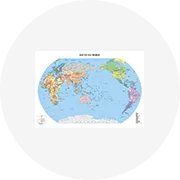









 浙公网安备 33010002000092号
浙公网安备 33010002000092号 浙B2-20120091-4
浙B2-20120091-4